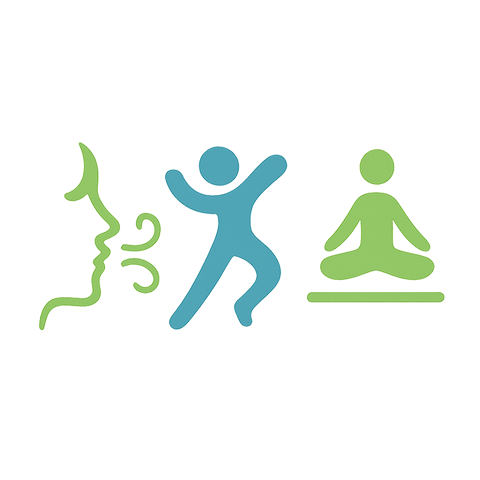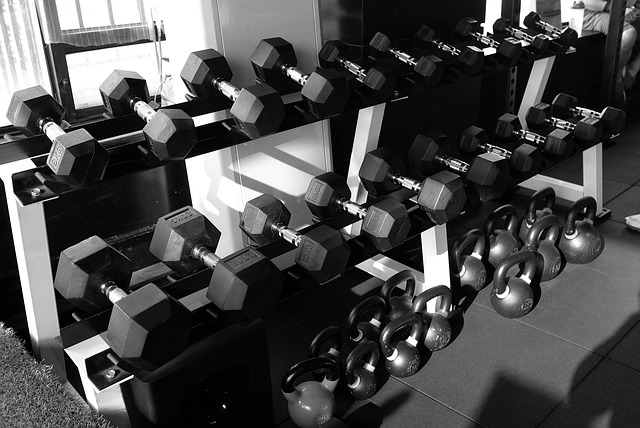Maximizing Fitness: A Comprehensive Guide to Treadmill Training for Cardio Health
In a world where maintaining fitness is more important than ever, the treadmill has emerged as a cornerstone of cardio training. Whether you’re a seasoned athlete or a beginner starting your fitness journey, understanding how to use this powerful machine can significantly enhance your cardio health. Treadmill training has evolved beyond just a means to burn calories; it’s a pathway to better well-being.
Understanding Treadmill Training
The treadmill offers a controlled environment for fitness enthusiasts to optimize their cardio workouts. With its adjustable speed and incline settings, the treadmill is versatile enough to accommodate any fitness level. This adaptability not only keeps workouts engaging but also ensures safety, minimizing the risk of injury that can occur in outdoor training settings.
Setting Goals for Fitness
Before you hop on the treadmill, it’s essential to set clear fitness goals. Are you aiming to lose weight, build endurance, or improve cardiovascular health? Understanding your objectives allows you to tailor your treadmill workout effectively. For instance, if your goal is weight loss, you might include interval training, alternating between high intensity and moderate pace. Conversely, for endurance, a steady-state run at a comfortable pace could be your best bet.
Creating an Effective Training Plan
An effective treadmill training plan must incorporate a mix of different workouts to keep your routine exciting and productive. Consider these key components:
- Warm-Up: Begin with a 5-10 minute walk at a slow pace, gradually increasing your speed. This prepares your muscles for more intense activity.
- Interval Training: Alternate between high-intensity bursts and lower-intensity periods. For example, sprint for 30 seconds, followed by 1-2 minutes of walking. This method boosts metabolism and improves cardiovascular fitness.
- Steady-State Cardio: Designate time for longer runs at a challenging yet sustainable pace. This builds endurance and is excellent for heart health.
- Cool Down: Allow your heart rate to gradually decrease by walking for 5-10 minutes post-workout, followed by stretching to enhance flexibility and recovery.
Incorporating Activity into Daily Life
One of the significant advantages of treadmill training is its convenience. You can easily fit a workout into your daily routine, whether it’s in the morning before work or in the evening while watching your favorite series. By integrating treadmill sessions into your life, you’re not just exercising; you’re investing in a healthier future. Don’t hesitate to explore various workouts; try incline walking or even engaging in virtual runs to spice things up!
Tracking Progress and Staying Motivated
To maximize fitness on the treadmill, keeping track of your progress is essential. Many treadmills come equipped with built-in tracking systems or heart rate monitors. Additionally, consider using fitness apps to log your workouts. Celebrate small victories along the way; whether that means running longer distances or hitting personal speed records, every achievement counts.
Staying motivated can be a challenge, but remember that every step taken on that treadmill brings you closer to your fitness goals. Mix up your playlists, set new goals, and perhaps invite a friend to join you. Accountability is a powerful motivator!
Joining the treadmill revolution means committing to your health and well-being. As you embark on this journey, remember that it’s not just about the physical activity itself; it’s about embracing a lifestyle that prioritizes heart health and overall fitness. Whether you’re walking, jogging, or sprinting, each moment spent on the treadmill brings you one step closer to achieving your health aspirations!



